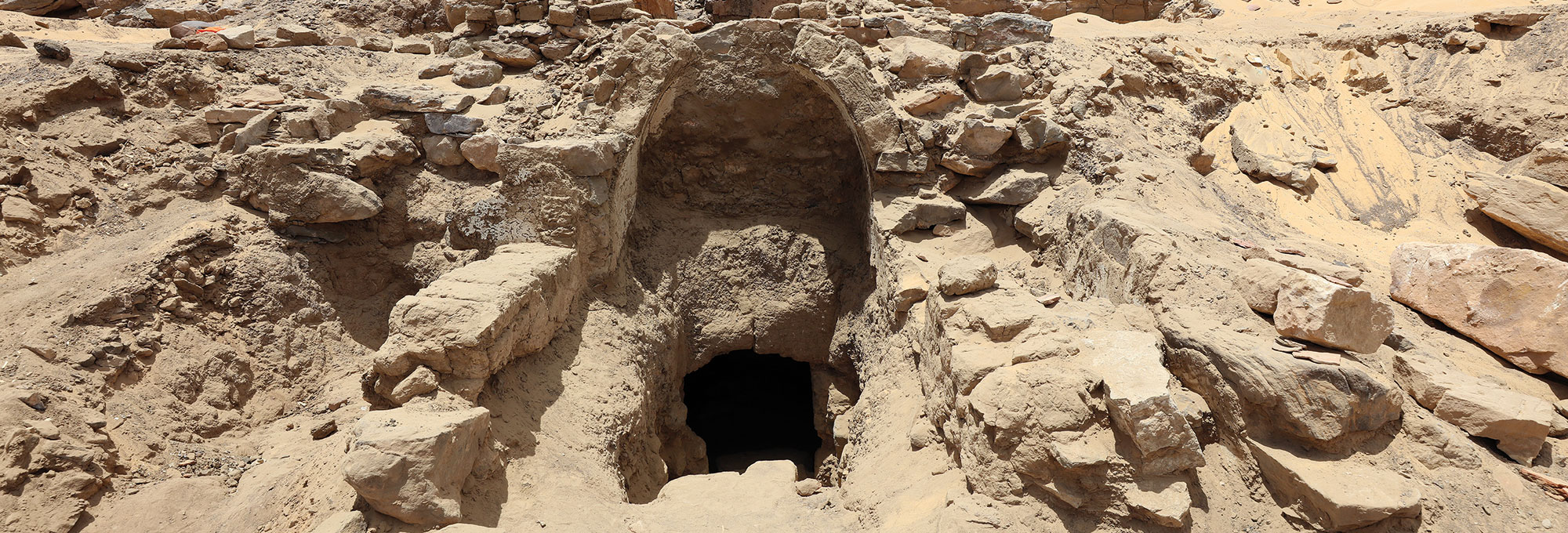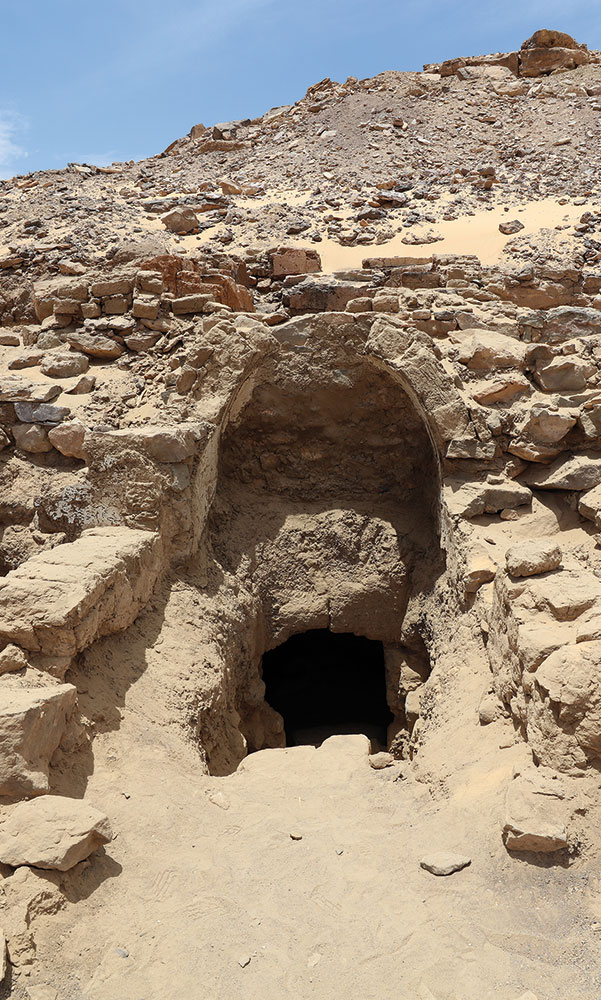NAPLES, ITALY—According to a Live Science report, a new study of the Alexander the Great mosaic, which was discovered in 1831 in Pompeii’s House of the Faun and is now housed at the National Archaeological Museum of Naples, suggests that its more than two million tesserae came from quarries in Italy, the Iberian Peninsula, Greece, and Tunisia. Museum researchers used portable X-ray fluorescence to identify chemical elements in the stones and record their colors, including shades of white, brown, red, yellow, pink, green, gray, blue, black, and vitreous, or glassy. For example, the depiction of Alexander’s face was found to be composed with different levels of luminescence and several shades of pink tesserae thought to have been imported from Portugal. Traces of wax and gypsum on the mosaic are thought to have been applied as a protective layer during restoration projects, or perhaps as a support when the mosaic was transported from Pompeii to the museum. Conservators also conducted an endoscopic investigation of the back of the mosaic, revealing “many empty portions” where gypsum had not been applied. “These potential areas of weakness should be taken into due consideration during restoration,” the team members stated. Read the original scholarly article about this research in PLOS ONE. To read about Alexander's childhood, go to "Alexander the Great's Untold Story."
Restoration of the Alexander Mosaic Reveals Tile Sources
News January 22, 2025
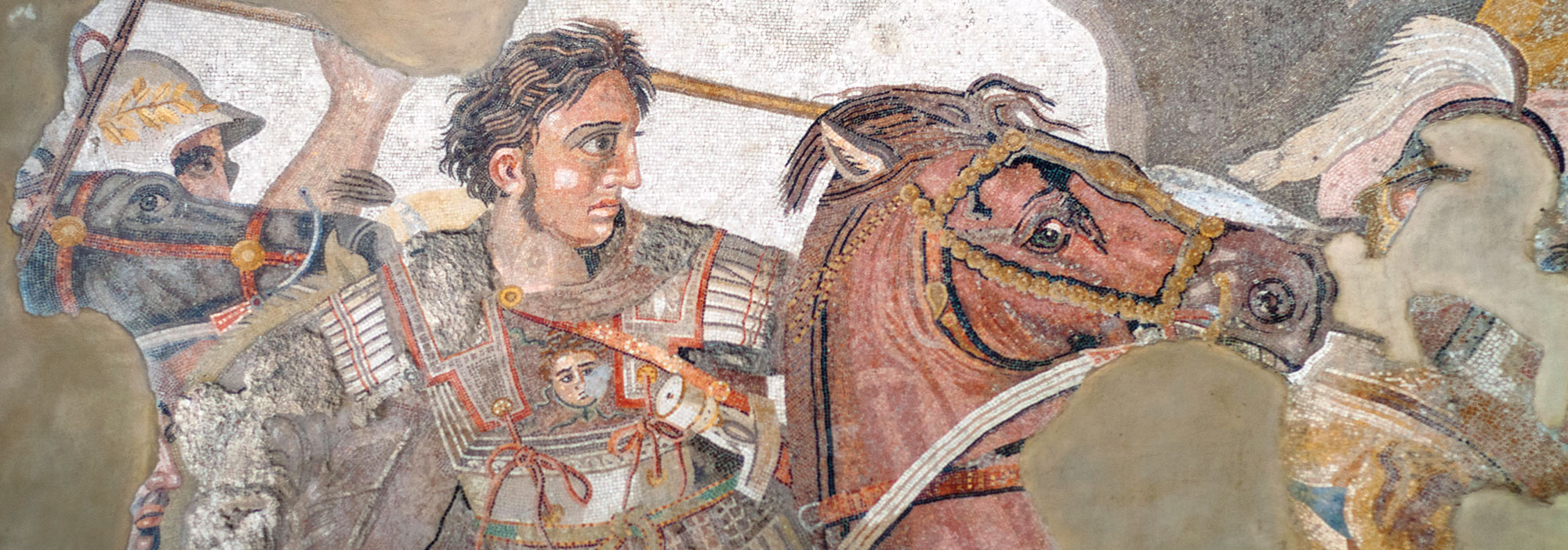
Recommended Articles
Digs & Discoveries March/April 2025
Pompeii Friend Group
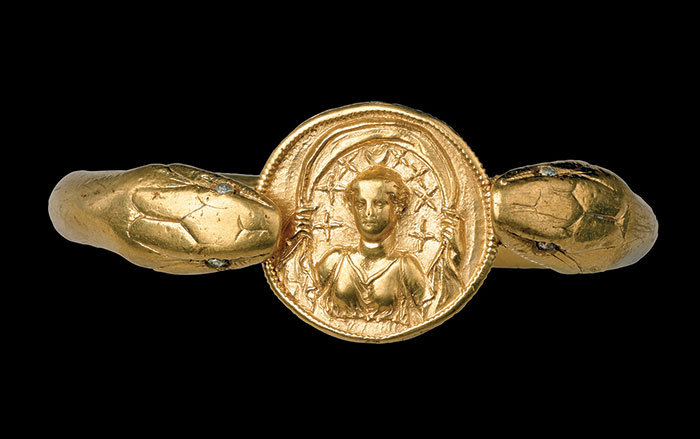
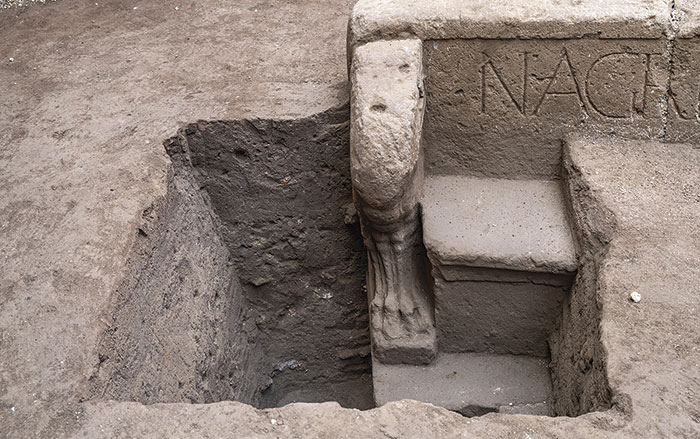
Features September/October 2024
Pompeii Style
Inside the Roman houses where archaeologists continue to discover evocative new masterpieces
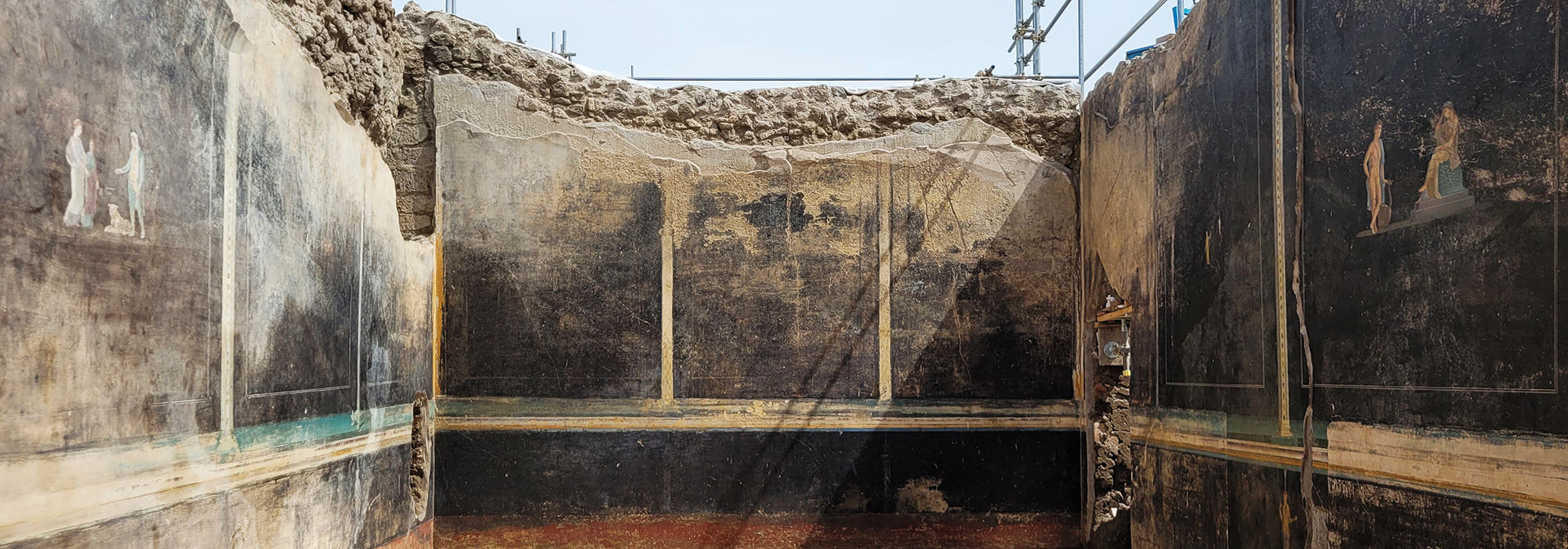
Digs & Discoveries May/June 2024
Pompeian Politics
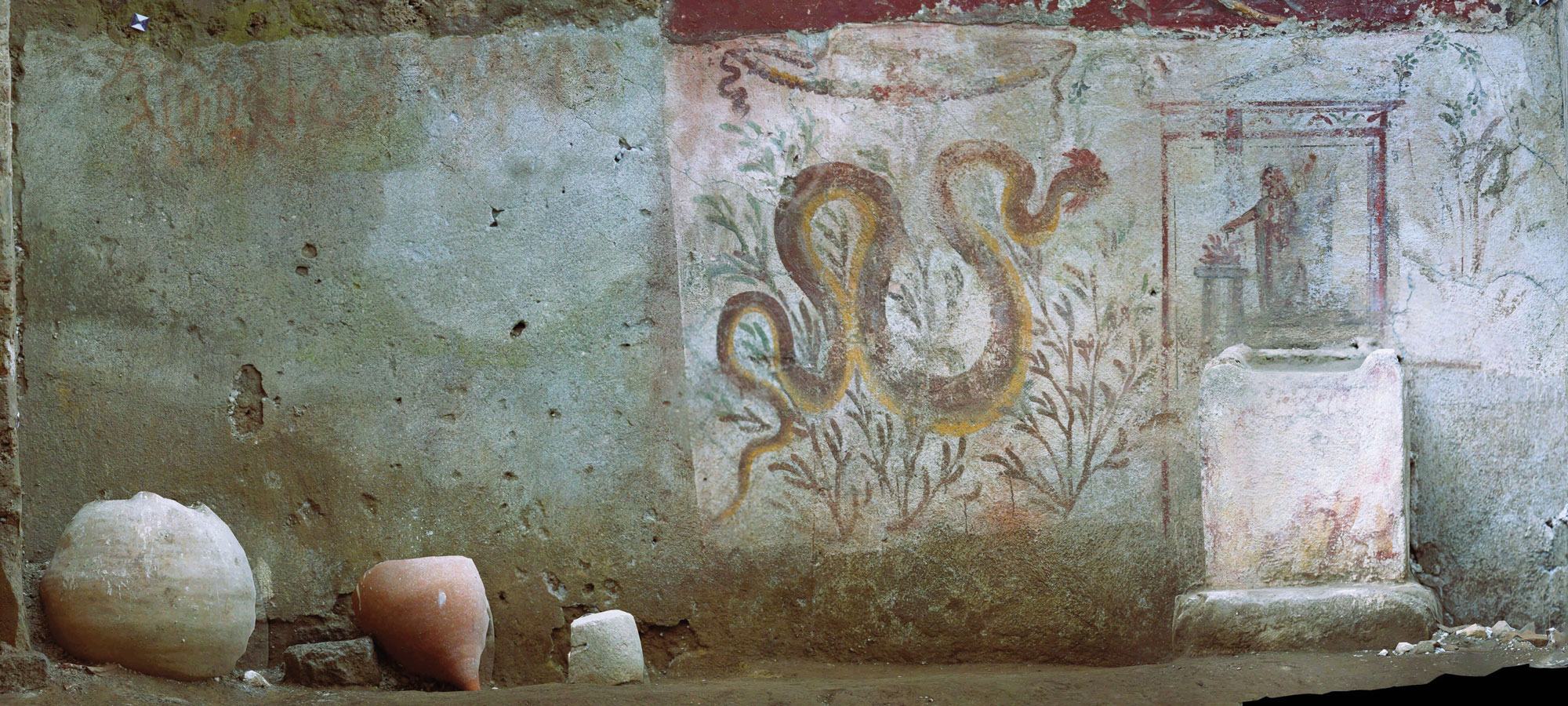
-
Features January/February 2025
Dancing Days of the Maya
In the mountains of Guatemala, murals depict elaborate performances combining Catholic and Indigenous traditions
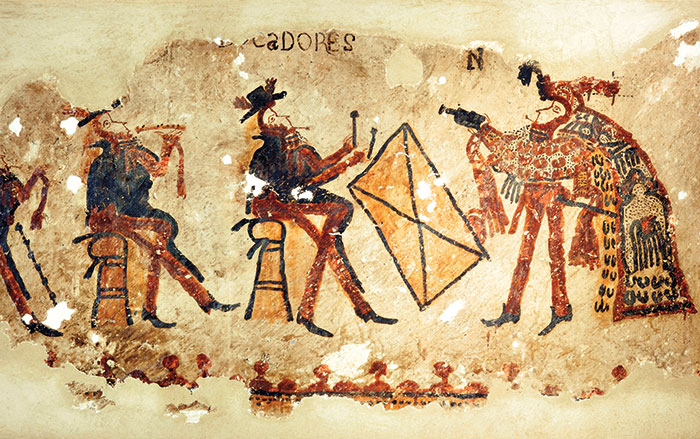 Photograph by R. Słaboński
Photograph by R. Słaboński -
Features January/February 2025
Unearthing a Forgotten Roman Town
A stretch of Italian farmland concealed one of the small cities that powered the empire
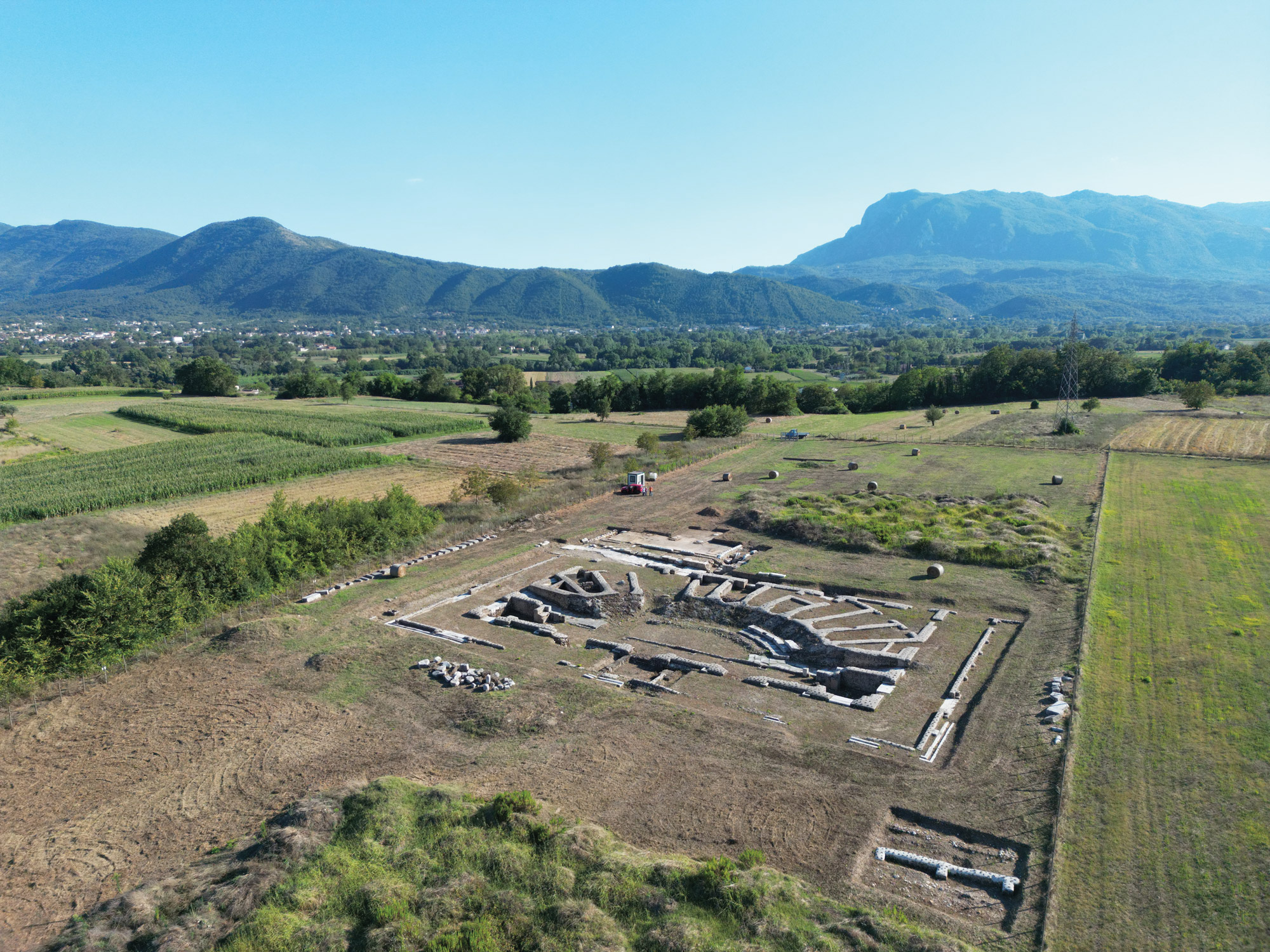 Photo Courtesy Alessandro Launaro
Photo Courtesy Alessandro Launaro -
Features January/February 2025
Medieval England’s Coveted Cargo
Archaeologists dive on a ship laden with marble bound for the kingdom’s grandest cathedrals
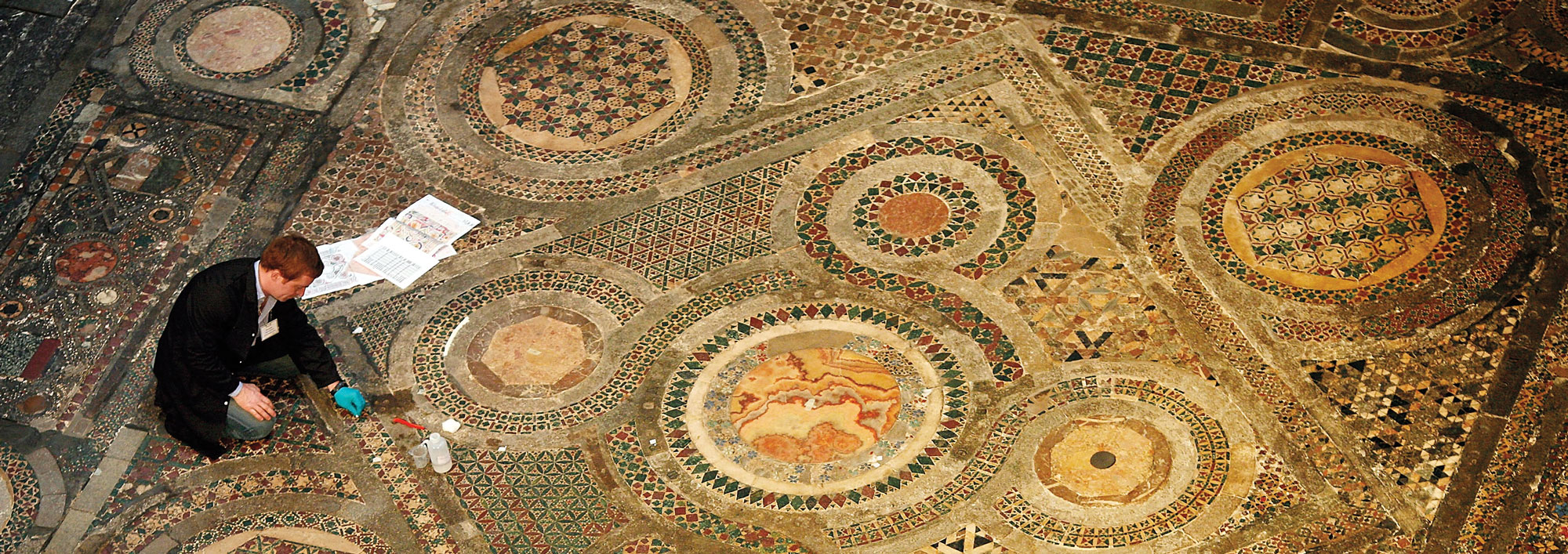 Peter Macdiarmid/Getty Images
Peter Macdiarmid/Getty Images -
Features January/February 2025
Lost Greek Tragedies Revived
How a scholar discovered passages from a great Athenian playwright on a discarded papyrus
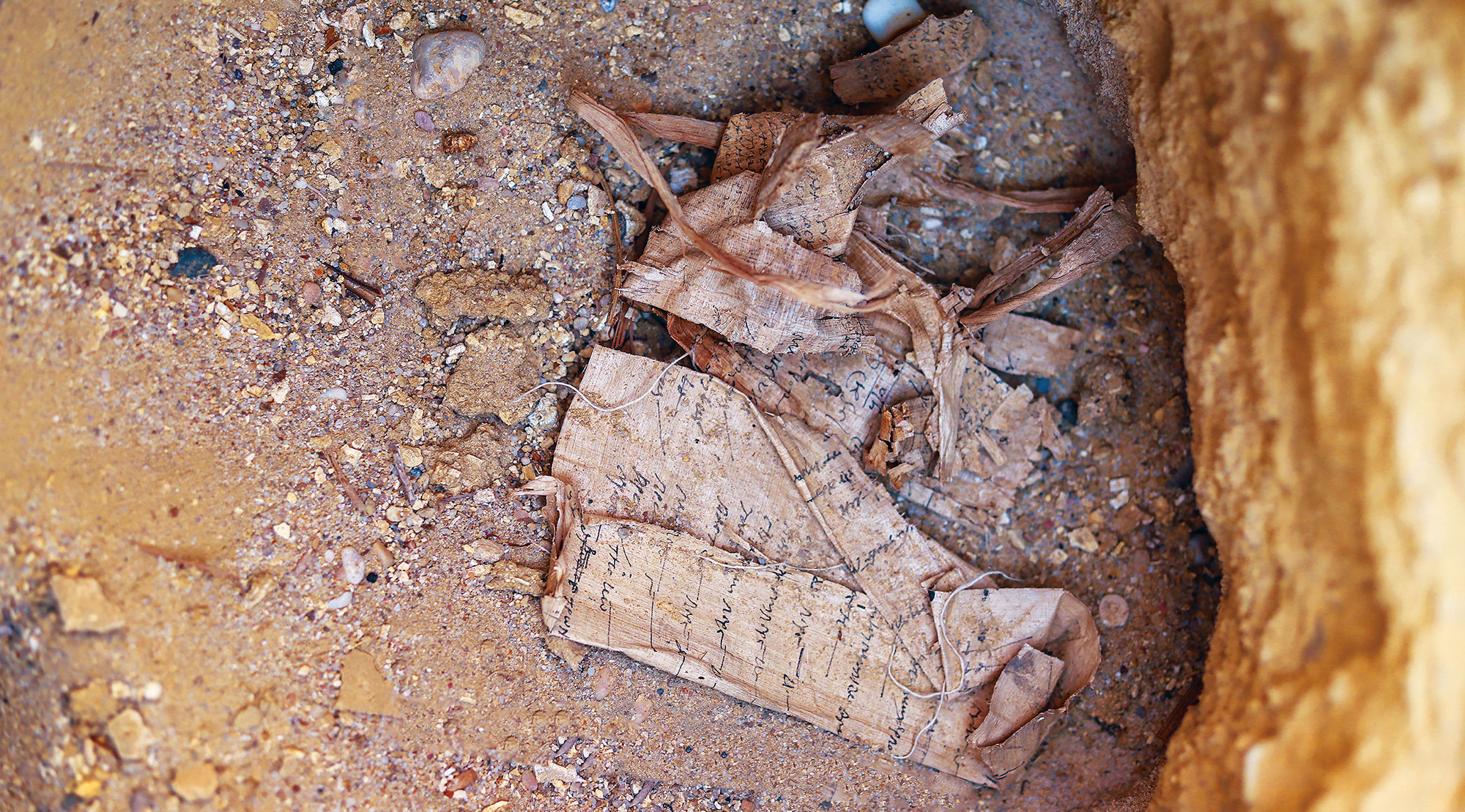 Egyptian Ministry of Tourism and Antiquities
Egyptian Ministry of Tourism and Antiquities


